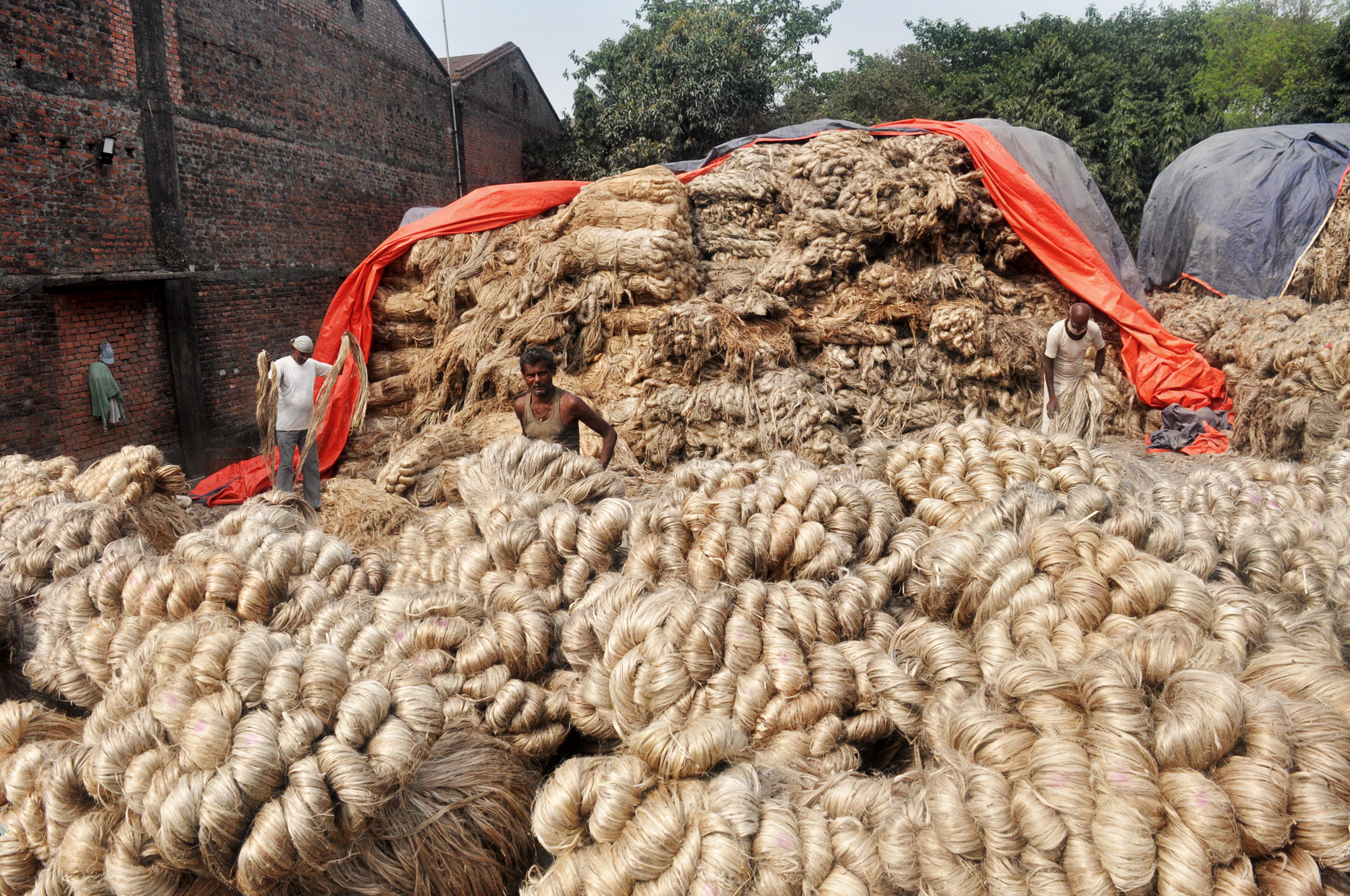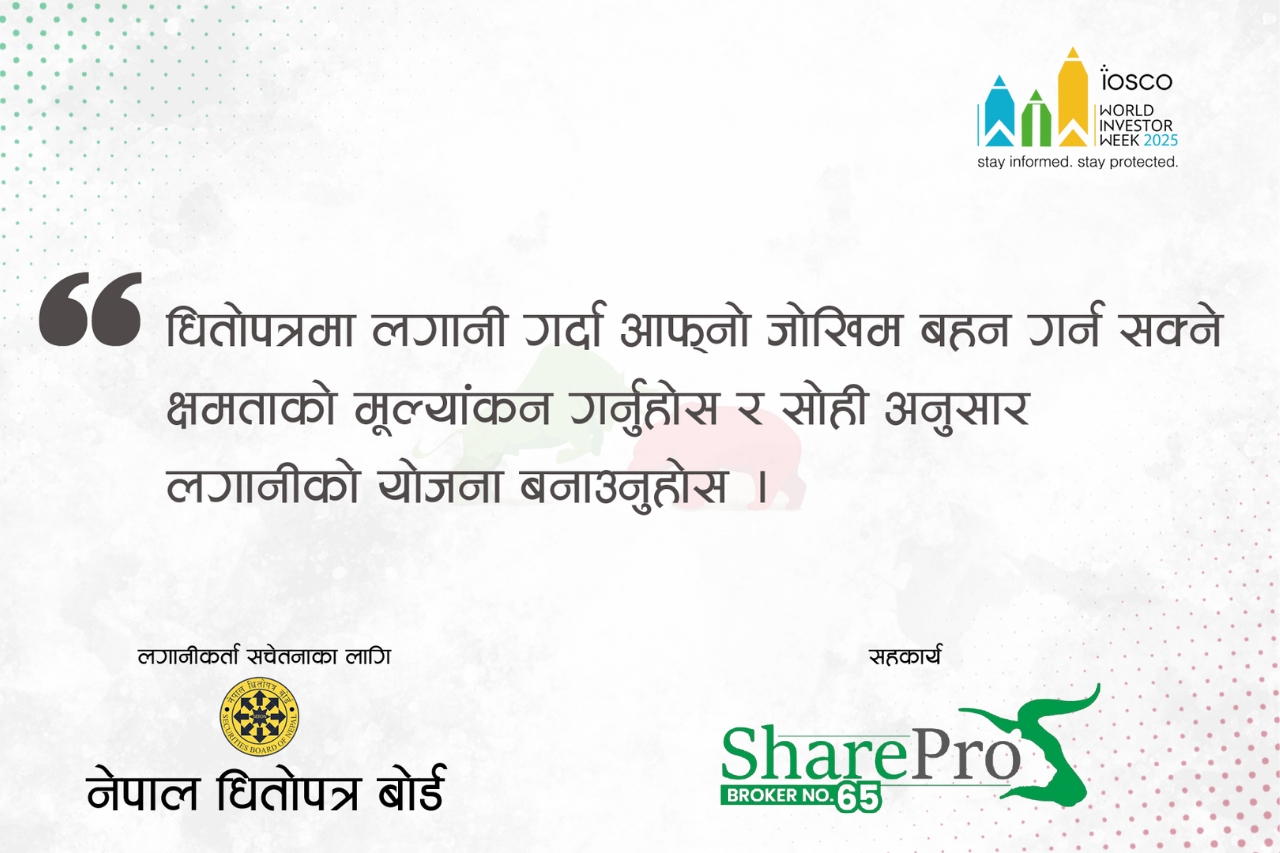Increasing Jute Production in Eastern Terai Region Leads to Price Decline


In recent times, the Eastern Terai region has witnessed a notable increase in jute production. However, despite this surge in production, the price of jute has experienced a decline.
During the financial year 2078/79, Morang saw the production of 7,351.50 metric tons of jute, which increased to 7,409.50 metric tons in the year 2079/80. This year's production increased compared to the previous year.
Historically, Morang has averaged a production rate of 1.45 metric tons of jute per hectare. This year, the region anticipates a further increase to 1.50 metric tons per hectare.
In the fiscal year 2078-79, the price of jute per quintal stood at Rs 11,000. However, last year, it dropped to Rs 9,000 per quintal, and this year, it has further decreased to Rs 8,300 per quintal, as reported by Gyan Kendra.
Jute farming is conducted across 6,996.2 hectares of land in the Koshi province.The previous year yielded a production of 9,999.15 metric tons of jute on this land.
Jute cultivation is more prominent in certain districts within the province, particularly in Jhapa, Morang, and Sunsari. According to Gyan Kendra, among the 17 municipalities in Morang, jute cultivation is most prevalent in Dhanpalthan, Jahada, Gramthan, Kanepokhari rural municipality, and Sunvarshi, Ratuwamai, and Rangeli municipalities.
Addressing a significant challenge in jute cultivation, the region initiated a program to aid 30 farmer families in Morang by providing assistance for pit digging at a rate of Rs. 20,000 per family. Jute is cultivated on 5,070 hectares of land in Morang.
According to Krishi Gyan Kendra, Jhapa plans to cultivate 550 hectares of land, while Sunsari aims for 1,332 hectares. It's worth noting that all jute produced in Nepal is primarily consumed domestically, with additional jute imported from India and Bangladesh.
Jute produced in Nepal is categorized into three types: red-brown jute (designated as one number), white jute (classified as two numbers), and black jute (designated as three numbers).



